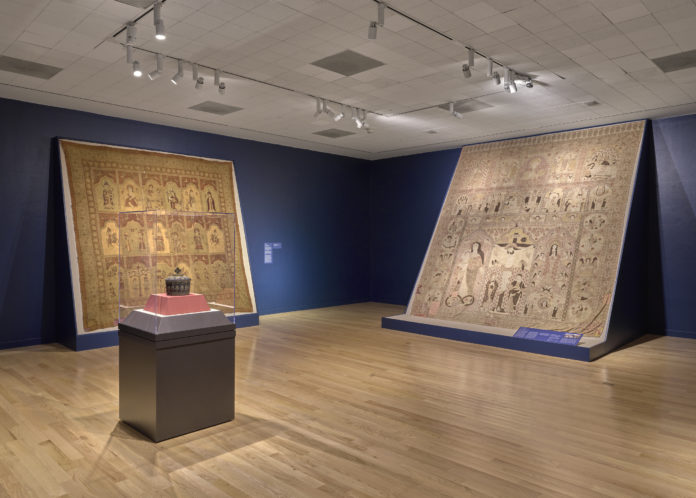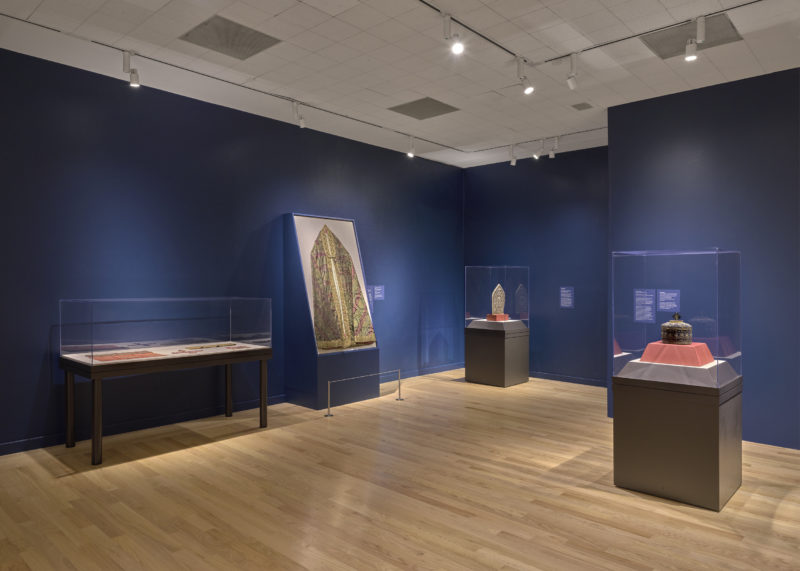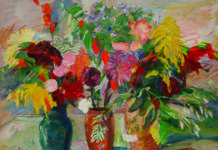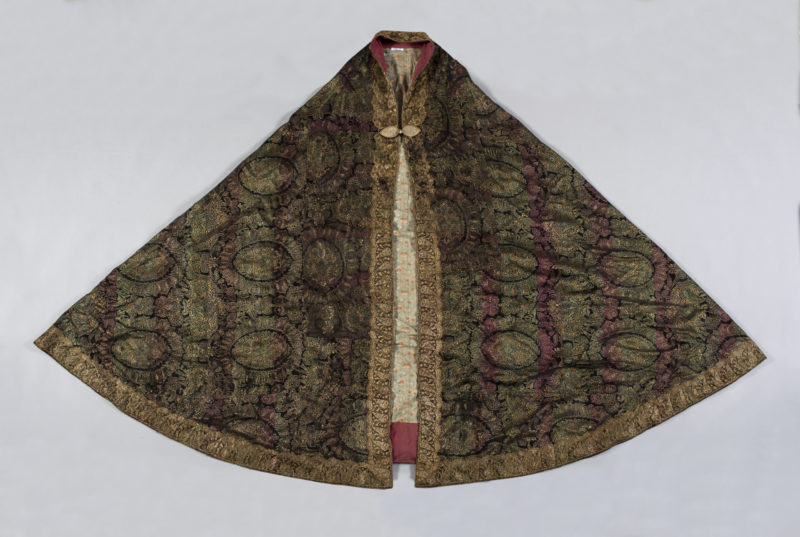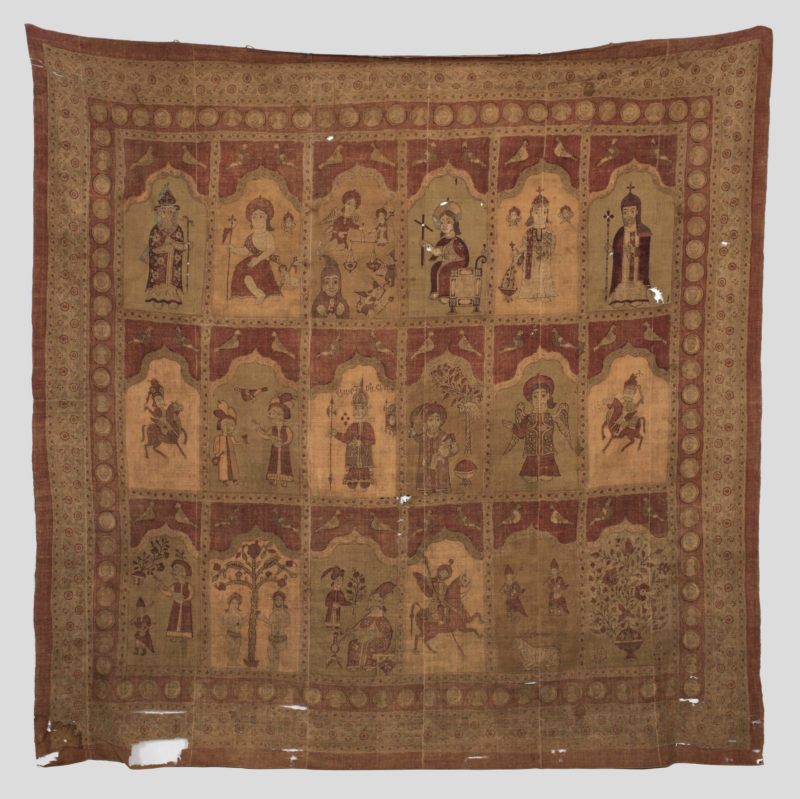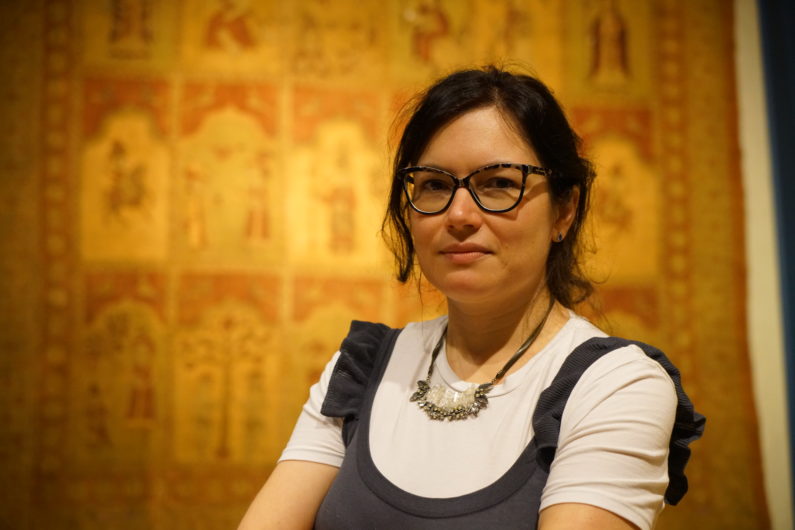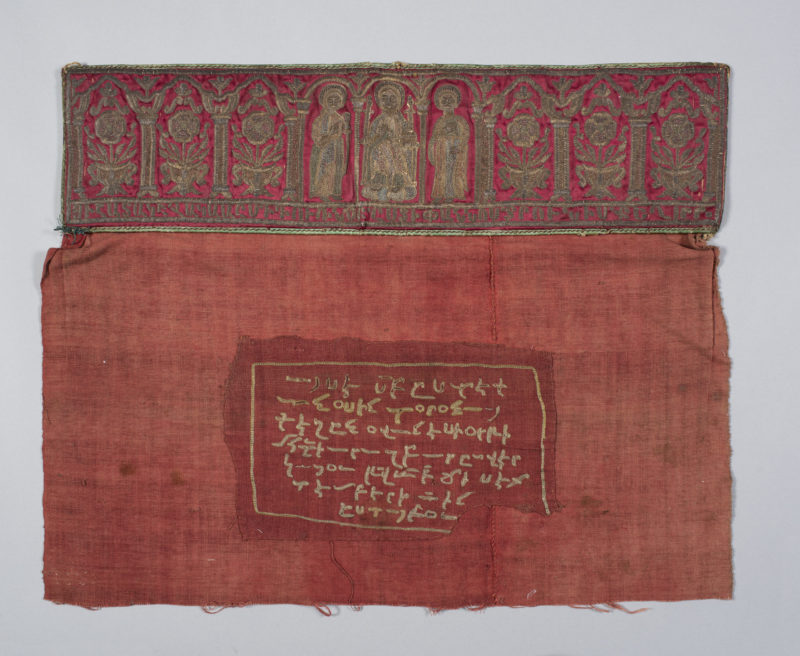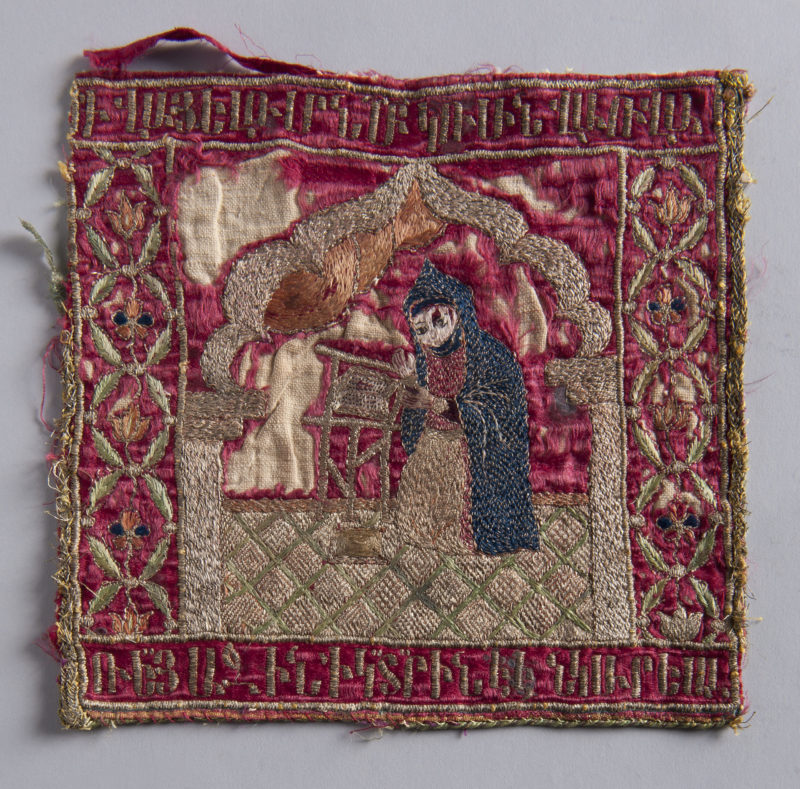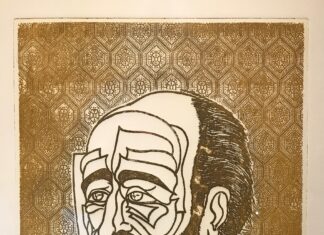MEDFORD, Mass. – The Aidekman Arts Center of the Tufts University Art Galleries presents an exhibition of Armenian church textiles from August 5 to December 5 called Connecting Threads / Survivor Objects. It is a small but varied collection of 11 embroidered, block printed and painted objects that are rare surviving legacies of Armenian culture. The exhibition was organized by Christina Maranci, Arthur H. Dadian and Ara T. Oztemel Professor of Armenian Art and Architecture, and Chiara Pidatella, Research Curator.
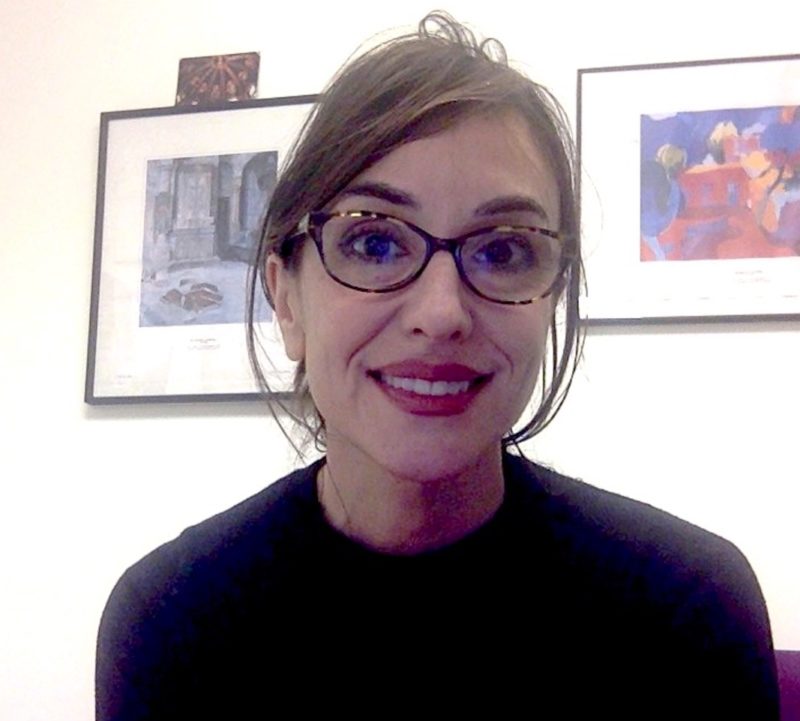
Dr. Maranci related the origins of the exhibit: “Basically it came about by me poking around through the website of the Armenian Museum and also the Museum of Fine Arts and noticing the wealth of liturgical textiles. I thought it would be a nice way to exhibit Armenian art by looking at textiles because of the ways in which textiles speak to the early modern experience. I talked about it with Dina Deitsch, the director of the art galleries. That is how it came about and it seemed like a really great opportunity to teach.”
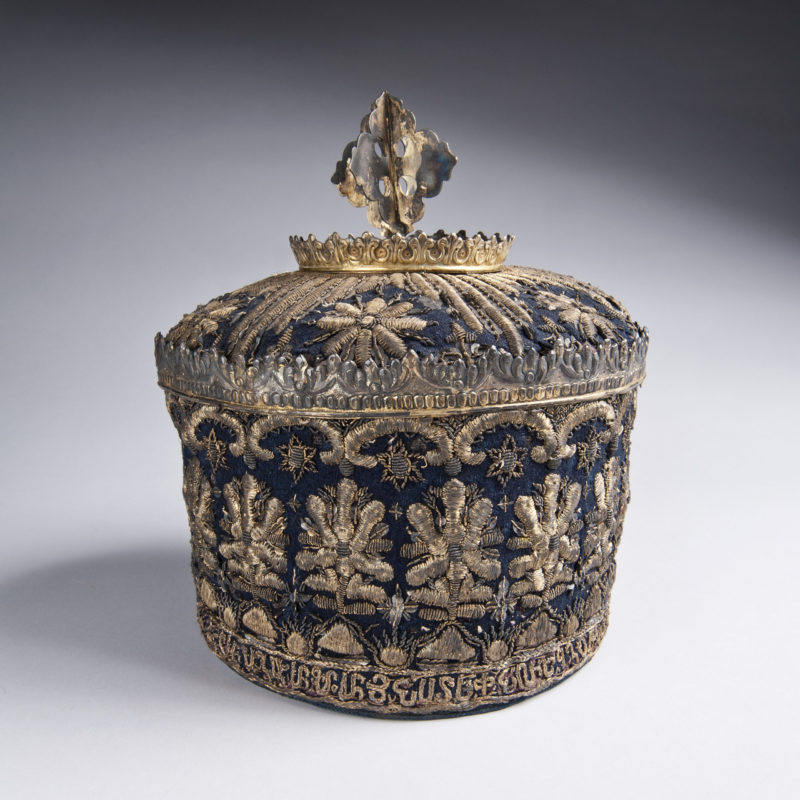
The materials for the exhibition emerged from the work conducted in Maranci’s spring 2021 seminar, The Threads of Survival, which included ten undergraduate and graduate students. She said, “My intention was never for this to be a large show. It was always to be something that was the product of student research. The crucial thing actually was taking objects that had been almost completely unstudied, barely catalogued, and to do deep research on them. Each student was assigned a single object, and had a chance to do that kind of careful work with a single object over the course of a semester.”
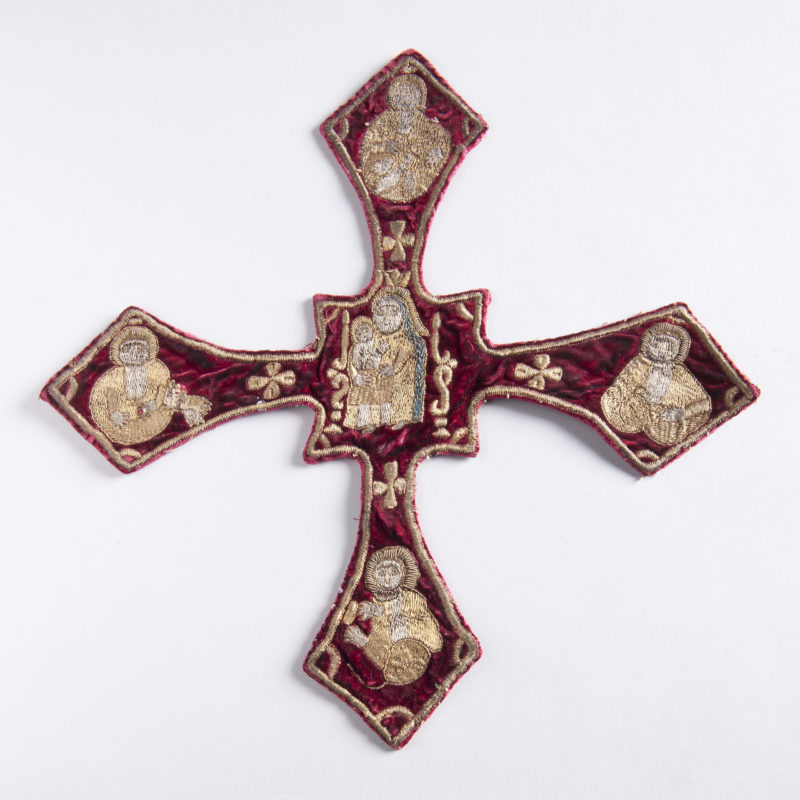
Deitsch said, “For us as an academic art space, what was exciting was the collaboration that we were hoping to do with Christina and Chiara, and the fact that the students’ scholarship was able to have a physical realization in an exhibition. I think it was a wonderful collaboration between the Armenian Museum of America and eventually the MFA [Museum of Fine Arts] that Chiara managed from start to finish.”
Deitsch said that such a collaboration between students, faculty and the galleries had not been done recently, though historically there had been such efforts. One of the things that shifted was that Tufts acquired the School of the Museum of Fine Arts, and a stronger relationship was established with the MFA. “So we were thinking through different models. This was almost a prototype of a model that was really successful and exciting. This was something we tried to link to the galleries, to connect the faculty’s research, but we had not been able to do it so profoundly and robustly. This was the first iteration of that,” Deitsch stated.
It is also an unusual exhibition for the galleries because they usually display contemporary art, from the 20th century to the present, and don’t often show historical works, Deitsch said. The Armenian focus adds to its uniqueness.



